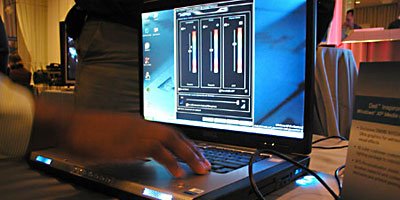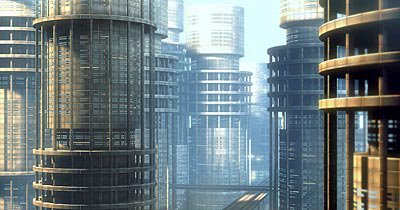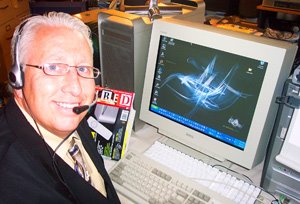Extreme Gaming Notebook
DELL, INC. UNVEILED A second-generation Inspiron XPS notebook on Thursday specifically designed for LAN gaming: The XPS Gen 2.
Although a small percentage of its overall business, the enthusiast and gamer niches continue to significantly influence the design of Dell's products, according to Gretchen Miller, director of worldwide mobile product marketing at Dell. "It's a complement to our corporate business," Miller said. "People want to do more than just productivity."

Inside the machine, the Inspiron XPS Gen 2 contains the first 256-MB equipped mobile graphics card, the GeForce Go 6800 Ultra that uses a proprietary Dell version of the MXM removable graphics module, according to Dan Vivoli, senior vice president of marketing for Nvidia, in an interview.The Gen 2 also ships with hard drive options ranging from 60 to 100 Gbytes, optional Bluetooth and optical drives, S-Video, a PC Card slot, six USB 2.0 connections, and a 9-cell Li-ion battery that will offer about 2.5 hours of battery life, according to Dell's Miller. The notebook boasts either a 2.0-GHz Pentium M 760 or 2.2-GHz 770., with 512-Mbytes to 2-Gbytes of DDR-2 DRAM.
Note from DC: According to Vivoli, the GeForce Go 6800 Ultra makes the new Inspiron XPS faster than 99 percent of all shipping desktops, let alone notebooks!




















